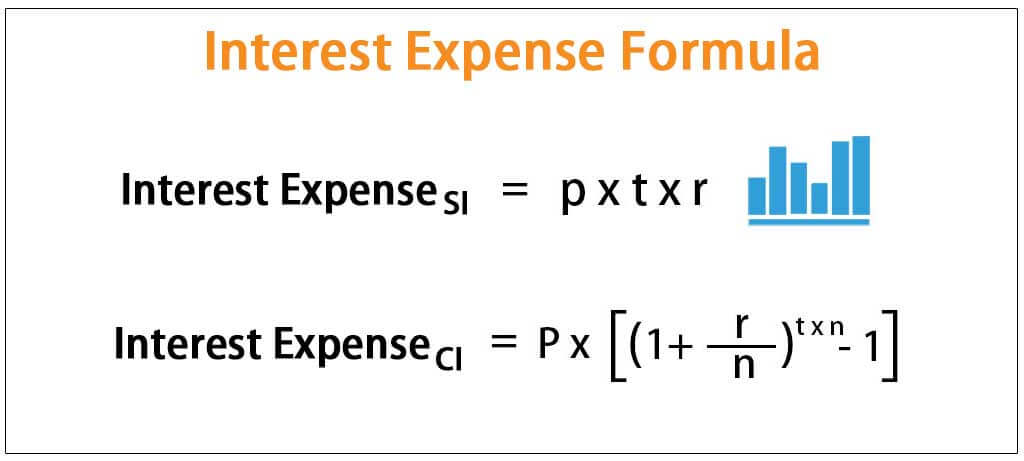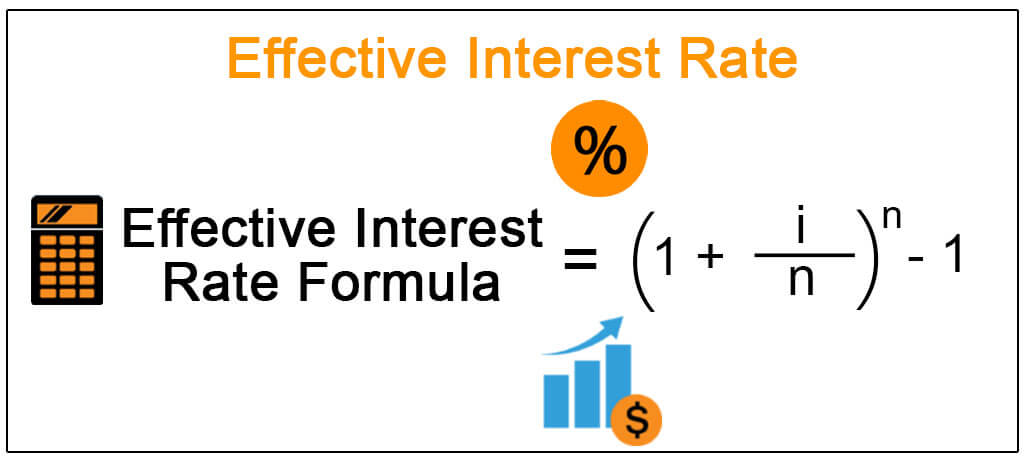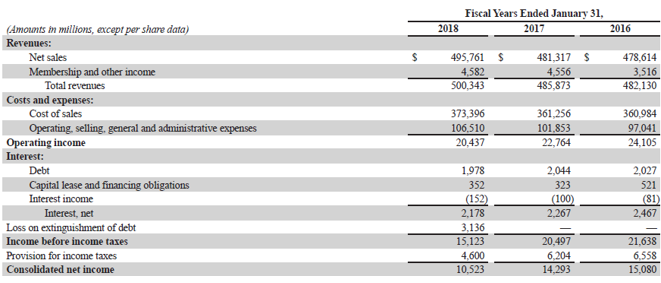
There are many factors that are not taken into account in the calculations we illustrated above we include a few below for your consideration.

It's important to recognize that the estimated total cost of your home purchase is only an estimate and not necessarily representative of future conditions. What Other Expenses Does Homeownership Entail Lenders collect these additional payments in an escrow account, typically on a monthly basis, in order to make sure you don't fall short of your annual tax and insurance obligations. Most mortgage lenders use this method to determine your monthly mortgage escrow costs. If you want to know how much these expenses cost per month, you can divide them by 12 and add the result to your mortgage payment. The reverse is true for annual charges like taxes or insurance, which are usually charged in a lump sum, paid once per year. This will give you the lifetime cost of monthly charges that exclude the cost of your loan.

You can find the total cost of recurring expenses by adding them together and multiplying them by the number of monthly payments (360 for a 30-year mortgage).
#Interest expense formula how to
How to Account for Taxes and Recurring ExpensesĪccounting for recurring charges like PMI and HOA fees requires a little more work, but even these aren't very difficult to calculate. Our next section explains how to factor in monthly expenses. Keep in mind that this will exclude any added monthly expenses paid in escrow, like taxes or homeowner's insurance. While there may be other categories of upfront fees, the process for calculating them remains the same: Just add them to the total cost of the mortgage loan. Some examples of upfront closing costs include the following:
#Interest expense formula full
Since closing costs are paid in full when you close on the loan, you can simply add them to your overall loan cost without using any long formulas. Once you've calculated the total principal and interest expense on your mortgage, factoring in closing costs or fees will be straightforward. As with our previous example, keep in mind that your actual answer might be slightly different depending on how you round the numbers. You will need the following inputs, all of which we used in the monthly payment calculation above:Īt an interest rate of 5%, it would cost $168,510.40 in interest to borrow $200,000 for 30 years. Once you have your monthly payment amount, calculating the total cost of your loan is easy. How to Calculate the Total Cost of Your Mortgage If you want to know the full estimate of your mortgage costs, you'll need to calculate the total cost of your mortgage loan, as shown below. As stated above, this formula doesn't account for any ongoing taxes or insurance premiums, and only accounts for your monthly mortgage payment. Keep in mind that rounding may have a slight impact on your final answer for the monthly payment your calculation may differ by a few dollars. Substituting them into the original equation to solve for monthly payment "M," we get: In our example, the three PIN variables come out to the following: Since the loan in our example has a 30-year term, this comes out to 360 months. I = 5% divided by 12 = 0.05/12 = 0.004167įinally, obtain your total number of monthly payments "N" by multiplying the total number of years in your loan by 12. Next, to calculate your monthly interest rate, divide your annual interest rate of 5% by 12 to obtain your monthly interest rate "I." Remember to convert your mortgage rate into decimals before dividing, so that you don't end up with a figure one hundred times higher than it should be. This gives you a total borrowed amount of $200,000. To calculate your total borrowed amount "P," first subtract your 20% down payment from the $250,000 home price.

The mortgage lender offers you an interest rate of 5% for this loan. Let's say you're trying to purchase a $250,000 home by taking out a 30-year mortgage with a 20% down payment. To illustrate how this might look with numbers from a typical mortgage, we've provided the following example. Make sure you have a calculator on hand to help with the calculations. At this point, it becomes simple arithmetic. Once you've converted your inputs, you're ready to plug them into your formula.


 0 kommentar(er)
0 kommentar(er)
